Imagine being bitten by a venomous snake in a remote location, your life hanging in the balance as poison courses through your veins. In this critical moment, one medicine stands between survival and death: antivenom. This life-saving treatment represents one of medicine’s most fascinating intersections of biology, chemistry, and immunology. Yet despite its crucial importance, antivenom remains prohibitively expensive and often inaccessible in regions where it’s needed most. The story behind this paradox involves complex production methods, challenging economics, and biological intricacies that few understand. From the specialized farms where dangerous creatures are carefully milked for their venom to the laboratories where scientists transform these toxins into life-saving treatments, the journey of antivenom production is as remarkable as it is costly.
The Deadly Problem: Understanding Venomous Bites and Stings
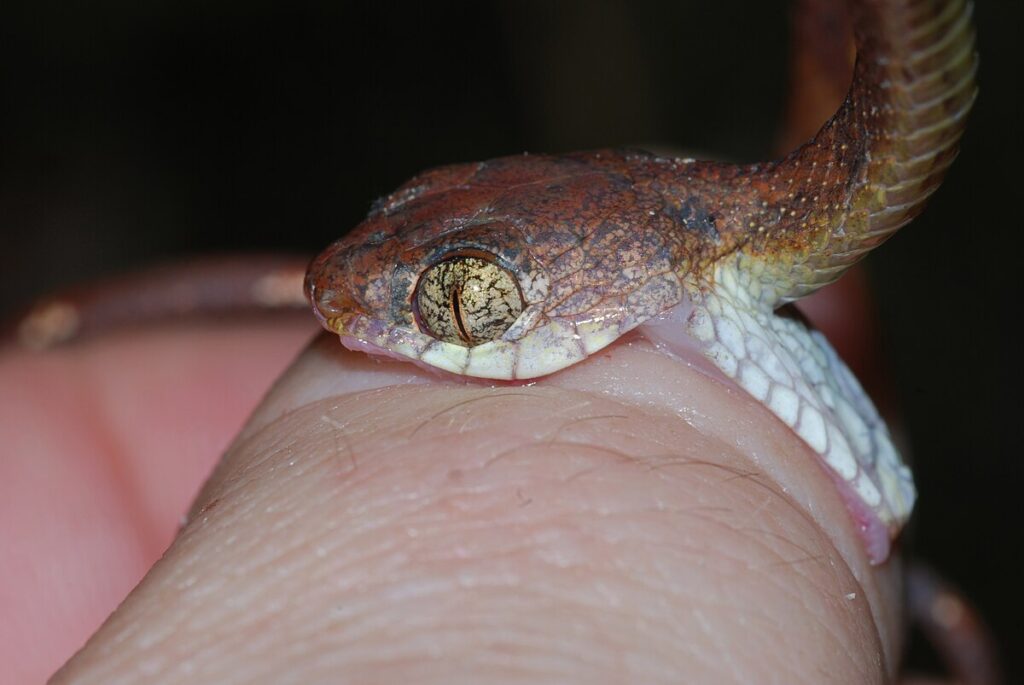
Venomous animals inject complex cocktails of toxins designed to immobilize, kill, or digest prey through specialized delivery systems like fangs, stingers, or spines. Worldwide, snakebites alone cause approximately 100,000 deaths annually, with millions more suffering serious injuries, disabilities, or disfigurements from various venomous encounters. Each venom contains dozens to hundreds of different proteins and peptides that target specific physiological systems—some attack blood cells or disrupt clotting mechanisms, while others destroy tissue or interfere with nerve transmission.
The World Health Organization classifies snakebite envenomation as a Neglected Tropical Disease, highlighting its disproportionate impact on rural communities in developing regions. Without prompt treatment, victims may experience paralysis, uncontrollable bleeding, tissue necrosis, or organ failure, often leading to death or permanent disability.
Historical Perspectives: The Evolution of Antivenom
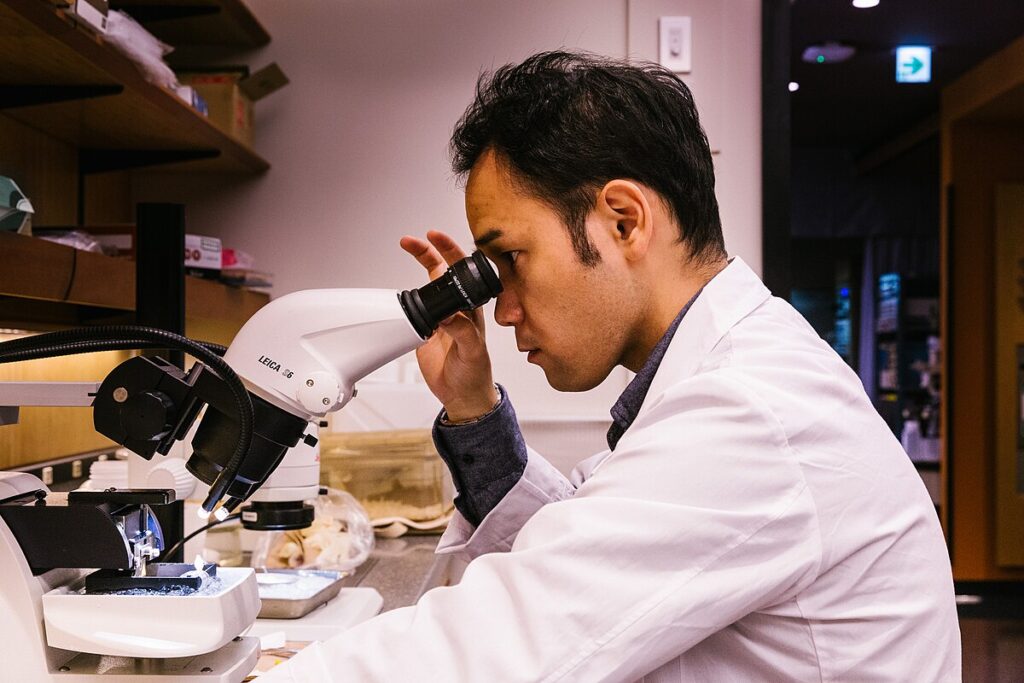
The development of antivenom therapy dates back to the late 19th century when French physician Albert Calmette created the first antivenom against cobra venom in 1895 while working in present-day Vietnam. Calmette’s groundbreaking work built upon earlier immunological discoveries by researchers like Emil von Behring, who demonstrated that animals could develop immunity to toxins.
Early production methods were crude and dangerous, often resulting in serious adverse reactions in patients due to impurities in the final product. Throughout the 20th century, scientists refined techniques for venom collection, antibody purification, and manufacturing processes to improve both safety and efficacy.
These advancements transformed antivenom from an experimental treatment with significant risks to a standardized pharmaceutical product capable of neutralizing specific venoms with greater precision. Despite these improvements, the fundamental production approach remains largely unchanged—a testament to both the effectiveness of the original concept and the challenges of developing alternative treatments.
The Science of Venom: Complex Cocktails of Toxins
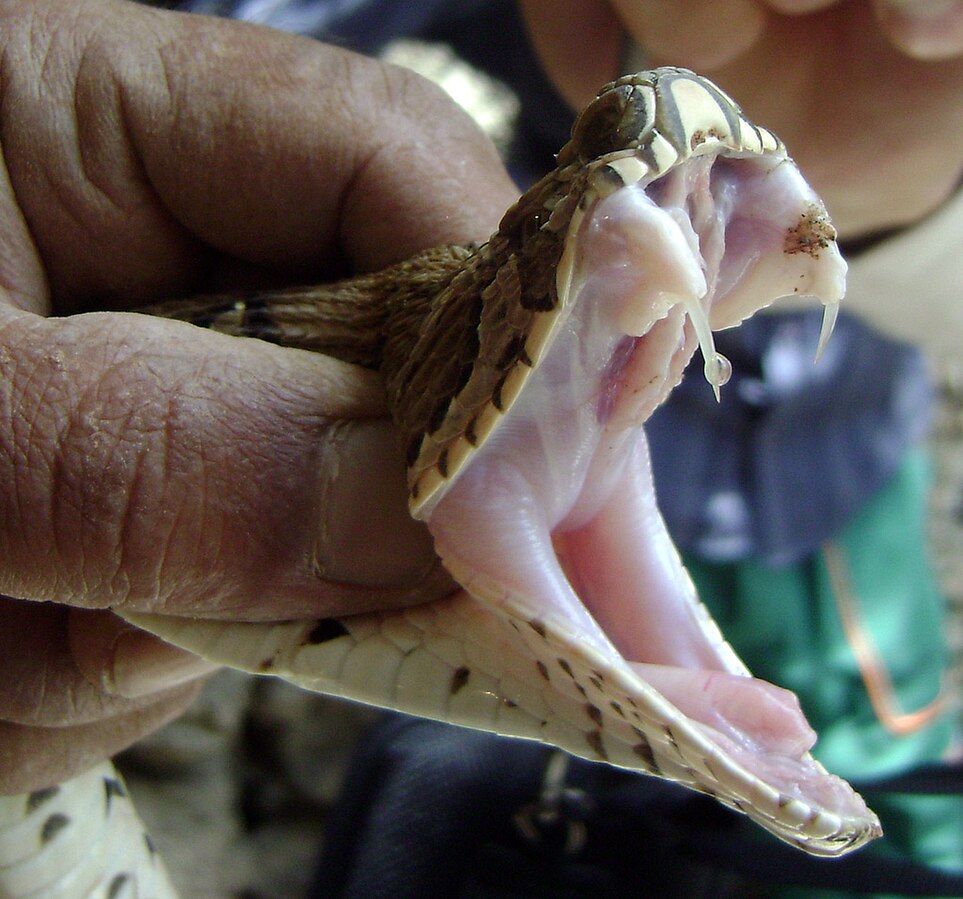
Venoms represent some of nature’s most sophisticated biochemical weapons, evolved over millions of years to target specific physiological systems with remarkable precision. Snake venoms alone may contain over 100 different toxic compounds, including neurotoxins that attack the nervous system, hemotoxins that destroy blood cells, cytotoxins that kill tissue, and myotoxins that break down muscle tissue.
The composition varies dramatically between species—even closely related ones—making venom profiles as unique as fingerprints and requiring species-specific treatments. Scientists continue discovering new compounds within venoms, many with potential applications in medicine as painkillers, blood pressure medications, or treatments for conditions ranging from heart disease to cancer.
This complexity presents a significant challenge for antivenom production, as each batch must effectively neutralize numerous toxins simultaneously. Modern analytical techniques like proteomics and genomics have revolutionized our understanding of venom composition, allowing researchers to identify individual components and their specific effects on the human body.
How Antivenom Works: The Immunological Miracle
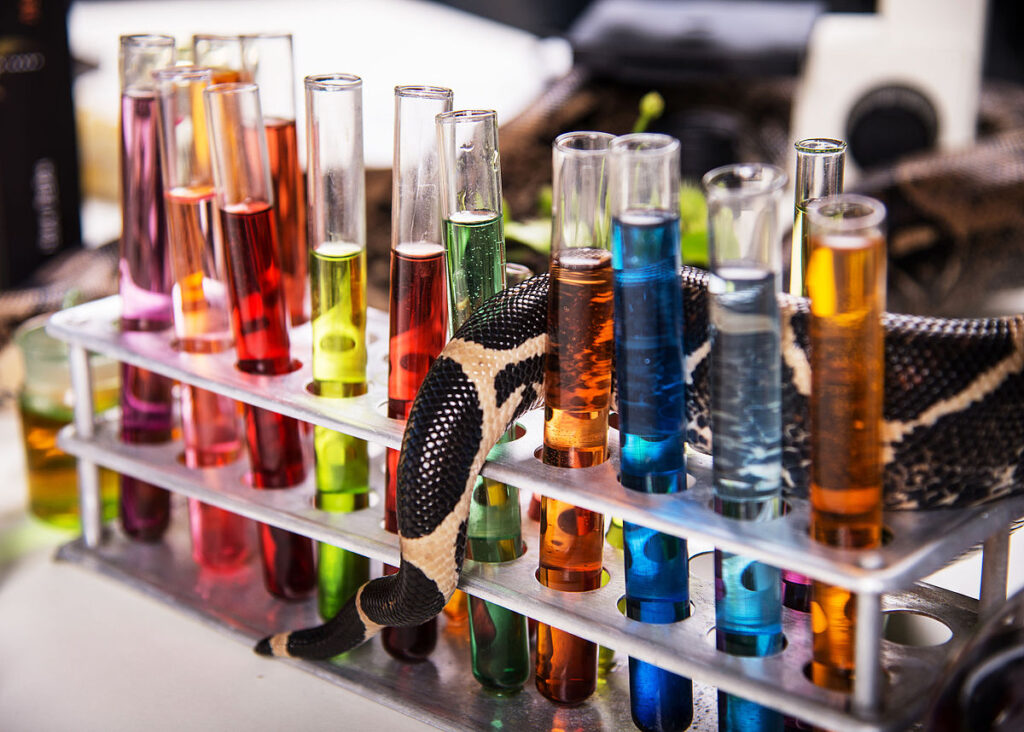
Antivenom functions through a fascinating application of the immune system’s natural defense mechanisms. When venom proteins are introduced into a host animal (typically horses or sheep) in gradually increasing non-lethal doses, the animal’s immune system recognizes these foreign substances as threats and produces antibodies specifically designed to bind to and neutralize them.
These antibodies, primarily immunoglobulin G (IgG) molecules, have Y-shaped structures with variable regions that precisely match the three-dimensional shape of venom components. After several months of immunization, when antibody levels reach sufficient concentrations, blood is drawn from the animal and processed to isolate these protective proteins.
When administered to envenomation victims, these antibodies quickly bind to circulating venom molecules, preventing them from reaching their cellular targets and allowing the body to safely eliminate the neutralized toxins. This process represents a remarkable example of using one organism’s immune response to protect another species entirely—a biological shield crafted specifically for each type of venom.
The Venom Collection Process: Dangerous First Steps
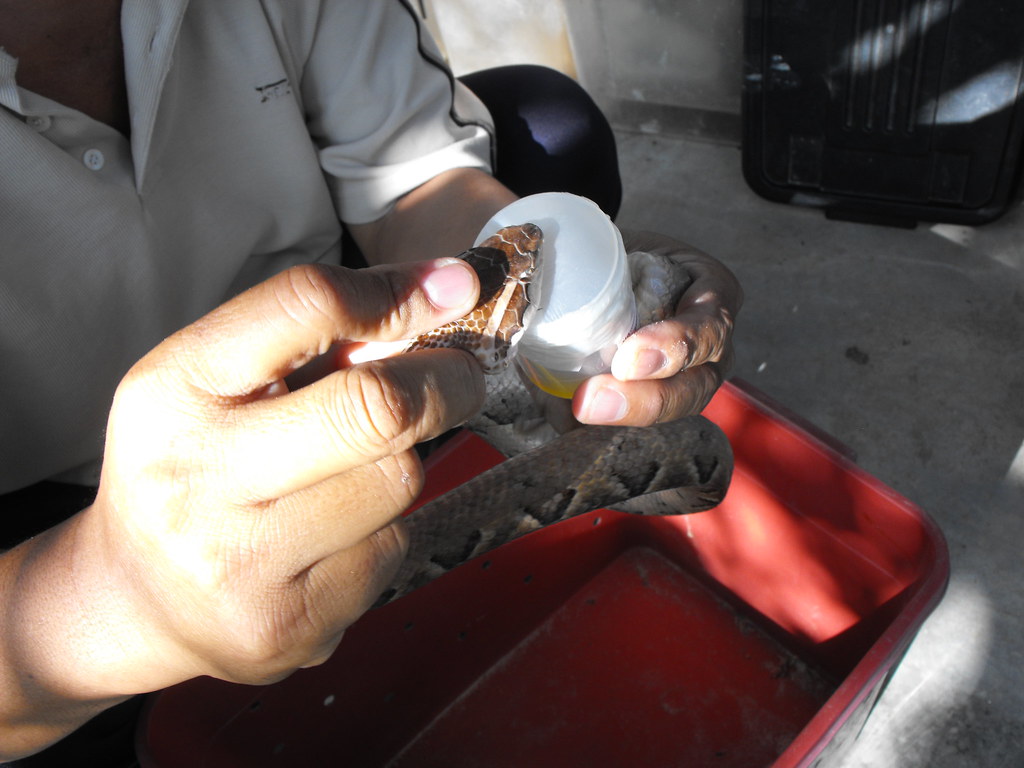
The production of antivenom begins with the hazardous task of collecting venom from dangerous creatures, requiring specialized facilities and highly trained personnel who risk their lives daily. Snake venom extraction involves carefully restraining the animal and encouraging it to bite into a collection container covered with a membrane, where specialized glands behind the fangs release venom through muscular contractions.
For scorpions, technicians may use electrical stimulation to prompt venom secretion, while spider venom often requires delicate extraction using micromanipulation techniques under microscopes. A single snake may produce only a small amount of venom per extraction—about 100mg for larger species—necessitating the maintenance of extensive captive collections and regular milking sessions.
The collected venom must then be carefully lyophilized (freeze-dried) to preserve its biological activity before being shipped to production facilities. This dangerous, labor-intensive process represents just the first stage in a long production chain, contributing significantly to the final product’s high cost and limited availability.
The Manufacturing Process: From Venom to Medicine
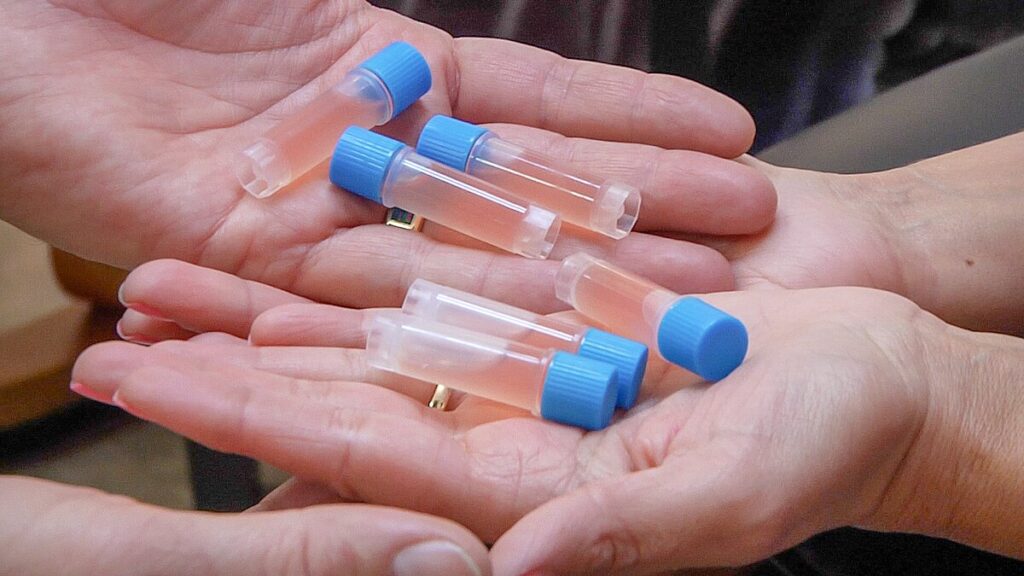
Transforming raw venom into pharmaceutical-grade antivenom involves a complex, time-intensive manufacturing process that typically spans 12-16 months from start to finish. After purified venom reaches production facilities, technicians prepare precise dilutions for animal immunization programs, carefully balancing toxicity with immunological response to avoid harming the donor animals.
Horses or sheep receive progressively increasing doses over 3-6 months, allowing their immune systems to develop strong antibody responses against multiple venom components simultaneously. Blood plasma collection occurs through plasmapheresis—a process that removes plasma while returning blood cells to the animal, allowing for more frequent collections without harming donors.
The harvested plasma undergoes multiple purification steps, including enzymatic digestion, precipitation, filtration, and chromatography to isolate the specific antibody fragments effective against venom toxins. Each batch must then pass rigorous quality control testing for potency, safety, and sterility before final formulation, lyophilization, and packaging for distribution. This elaborate production sequence, requiring specialized facilities and expertise, significantly contributes to antivenom’s high cost structure.
The Economics of Antivenom: Why It’s So Expensive
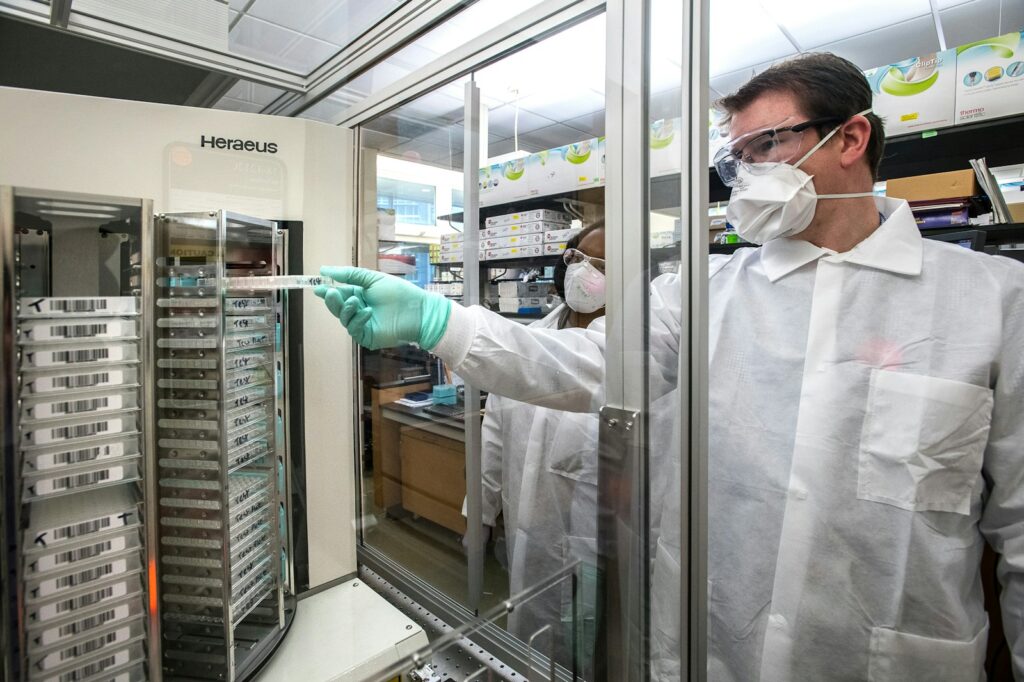
Antivenom ranks among the most expensive liquid medications in the world, with treatment costs potentially reaching $150,000 for multiple vials in the United States. Several economic factors drive these astronomical prices, beginning with the labor-intensive production process requiring specialized facilities, trained personnel, and extensive quality control measures throughout manufacturing.
The limited shelf life of most antivenoms—typically 2-5 years—creates significant inventory management challenges and leads to wastage when products expire before use. Market dynamics further complicate the situation, as relatively low demand creates a challenging business case for manufacturers, particularly for antivenoms targeting species found primarily in developing countries.
These economic realities have led several pharmaceutical companies to discontinue antivenom production entirely, reducing competition and further driving up prices. In the United States, additional factors like hospital markup, administrative costs, and the absence of price controls contribute to final costs that may exceed production expenses by orders of magnitude. This price structure creates a devastating paradox—antivenom is least accessible in regions where venomous bites occur most frequently.
Global Access Challenges: The Antivenom Crisis

The World Health Organization has identified a global antivenom shortage as a serious public health crisis, particularly affecting rural communities in developing nations across Africa, Asia, and Latin America. In sub-Saharan Africa, estimates suggest that less than 2% of snakebite victims receive appropriate antivenom treatment, leading to unnecessarily high mortality rates for a treatable condition.
Beyond cost barriers, many regions face challenges including poor healthcare infrastructure, inadequate cold chain storage capabilities, and limited training among healthcare workers in proper antivenom administration. The problem is compounded by market failures, as manufacturers have increasingly focused production on antivenoms for wealthy countries while discontinuing products for species found primarily in poorer regions.
Some countries face the additional challenge of counterfeit or substandard products entering the market, creating dangerous situations where ineffective treatments are administered to critically ill patients. These combined factors have created what experts term an “invisible health crisis” that disproportionately affects agricultural workers, children, and other vulnerable populations in tropical and subtropical regions.
The Cold Chain Challenge: Keeping Antivenom Viable
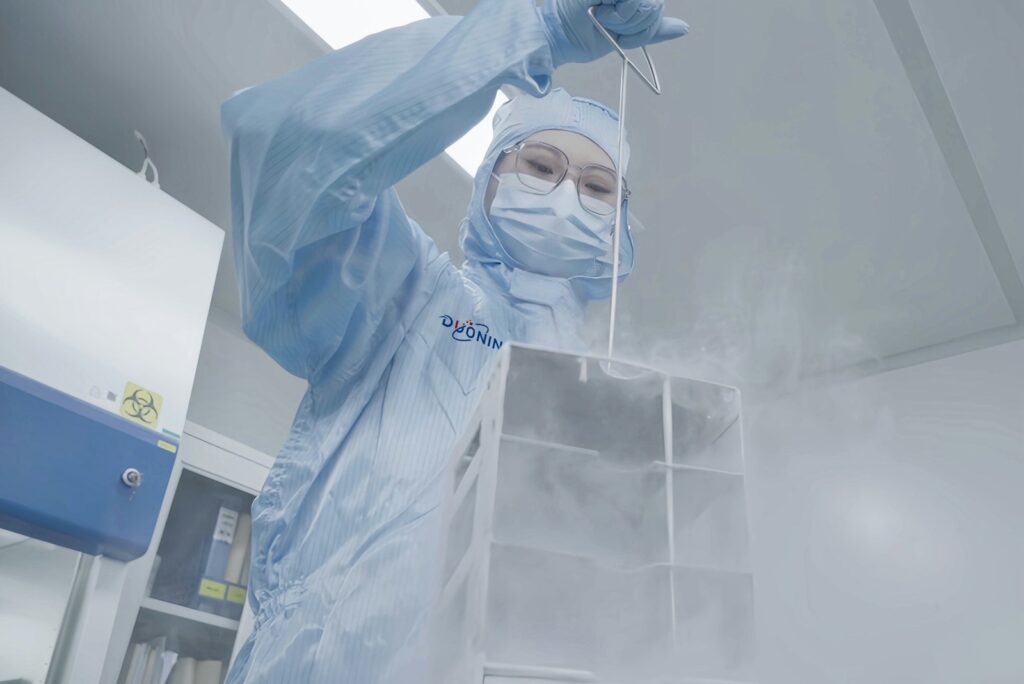
Most conventional antivenoms require continuous refrigeration from production facility to patient, creating a significant logistical challenge known as the “cold chain” problem. Temperature fluctuations can cause protein denaturation in antivenom preparations, potentially reducing efficacy or increasing the risk of adverse reactions when administered.
Maintaining this cold chain becomes particularly problematic in tropical regions with unreliable electricity, limited refrigeration infrastructure, and remote healthcare facilities—precisely the areas where venomous bites occur most frequently. Transportation logistics present additional complexities, as moving temperature-sensitive medications through various climate zones requires specialized packaging, monitoring equipment, and expedited delivery methods that substantially increase costs.
When cold chain failures occur, entire batches may need to be discarded due to safety concerns, further exacerbating shortages and driving up per-treatment costs. Some newer antivenom formulations address this challenge through lyophilization (freeze-drying) techniques that create stable powder forms reconstituted before use, but these products often come with higher production costs and may still require controlled storage conditions to maintain maximum shelf life.
Safety Considerations: Managing Adverse Reactions

While antivenoms save countless lives, they can trigger serious adverse reactions ranging from mild allergic responses to potentially fatal anaphylactic shock. Early antivenoms produced particularly severe side effects due to high levels of non-antibody proteins and foreign substances that triggered immune responses in recipients.
Modern production techniques have significantly improved safety profiles through additional purification steps and enzymatic processing that creates smaller antibody fragments (Fab or F(ab’)2) with reduced allergenic potential. Despite these advancements, approximately 10-20% of patients still experience early adverse reactions, with symptoms including rash, fever, nausea, and in severe cases, bronchospasm or hypotension requiring immediate intervention.
Healthcare facilities administering antivenom must maintain emergency medications and equipment for managing these complications, adding another layer of complexity to treatment protocols. The risk of adverse reactions further complicates the medical decision-making process, particularly in resource-limited settings where intensive monitoring capabilities may be unavailable, sometimes leading to hesitancy in administering this life-saving treatment even when indicated.
The Future of Antivenom: Innovations on the Horizon
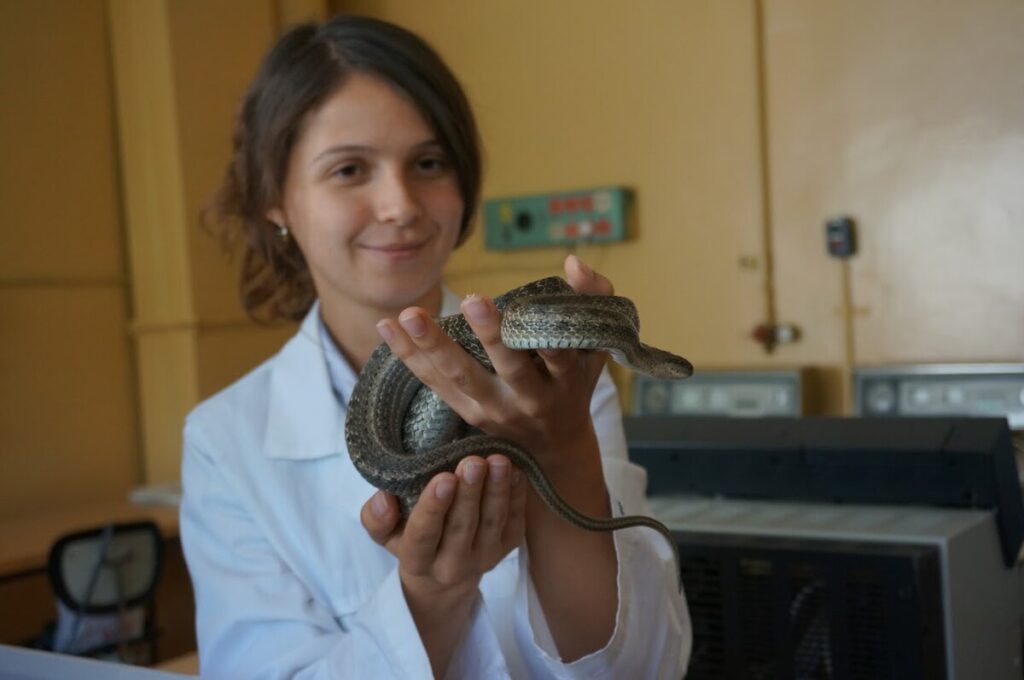
Scientists are pursuing several promising approaches to address current antivenom limitations, potentially revolutionizing treatment accessibility and effectiveness in coming decades. Recombinant antibody technology offers the possibility of producing human-compatible antibodies in laboratory settings without animal immunization, potentially reducing production time, improving standardization, and eliminating hypersensitivity reactions associated with animal proteins.
Researchers are also developing synthetic peptide inhibitors that mimic the binding sites of natural antibodies but can be chemically synthesized at scale. Another innovative approach involves creating “universal antivenoms” that target conserved venom components shared across multiple species, potentially reducing the need for region-specific products.
Nanotechnology applications show promise for developing enzyme inhibitors delivered via nanoparticles that can neutralize specific venom components more effectively than traditional approaches. Several organizations are also working on improved formulations with enhanced stability at room temperature, addressing the cold chain challenge that limits distribution in remote areas. While these technologies remain primarily in research phases, they represent potential paradigm shifts in how we approach envenomation treatment globally.
Snake Farming: The Surprising Source of Most Venom
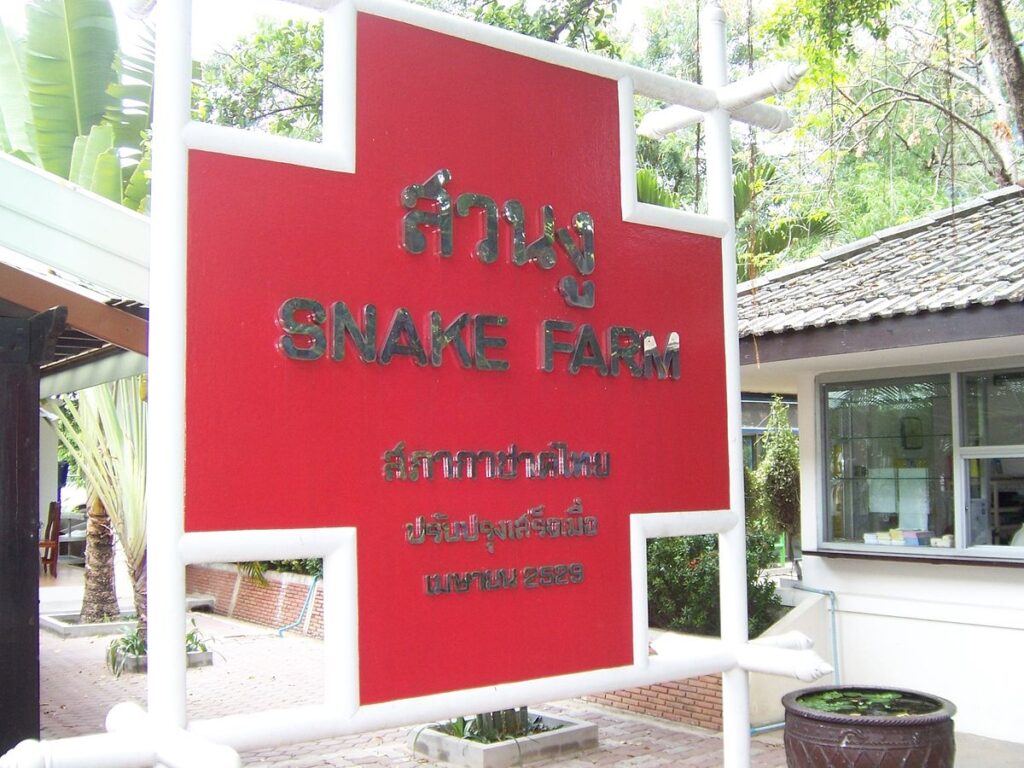
Specialized serpentariums and venom farms have emerged as the primary sustainable source of venom for antivenom production, housing thousands of venomous snakes in controlled environments. These facilities employ expert handlers who extract venom regularly—typically every 2-4 weeks—using specialized techniques that minimize risk to both the animals and staff.
Beyond providing raw materials for antivenom, these operations often serve important conservation roles by reducing pressure on wild populations and maintaining genetic diversity through carefully managed breeding programs. Many larger operations have diversified into ecotourism, research partnerships, and educational outreach, creating additional revenue streams to support their primary venom production activities.
The largest snake farms, primarily located in countries like Brazil, Costa Rica, Mexico, and Thailand, may house over 1,000 individual snakes representing dozens of medically significant species. These specialized facilities require significant investment in secure housing, climate control systems, feeding protocols, veterinary care, and safety measures—contributing factors to the high cost of the final antivenom product.
Success Stories: The Life-Saving Impact of Antivenom
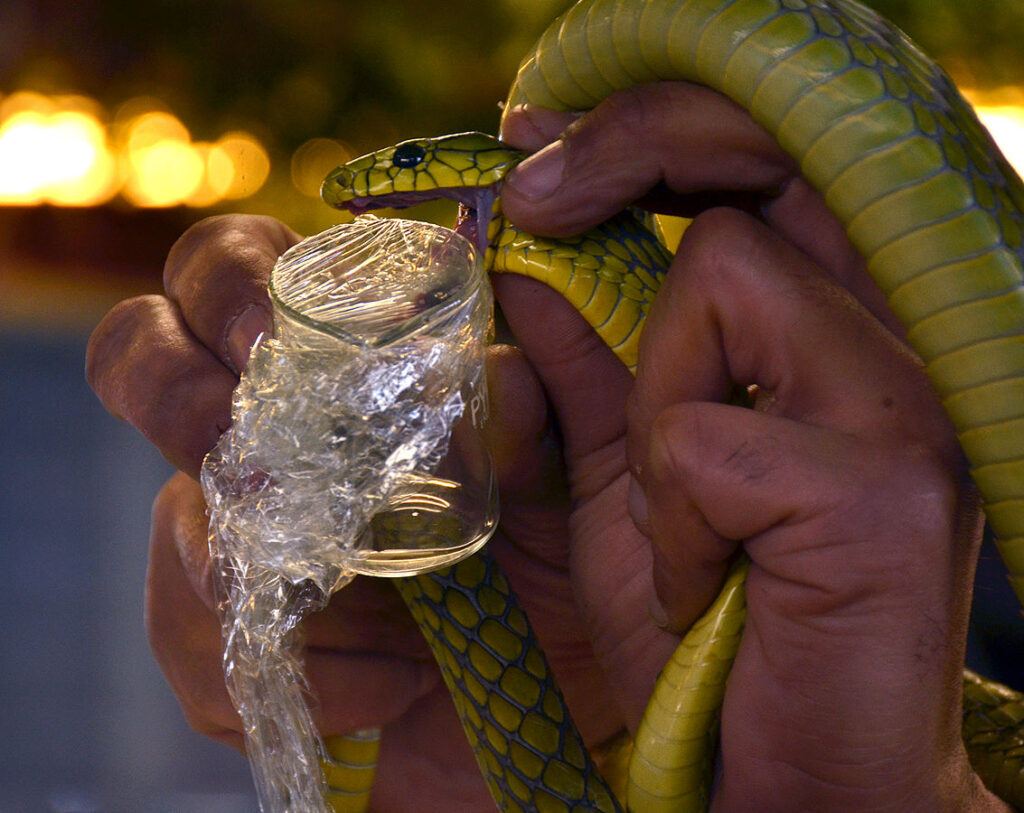
Despite challenges in production and distribution, antivenoms have dramatically transformed survival rates for envenomation victims when properly administered. Australia has virtually eliminated fatalities from its numerous venomous snake species through a combination of excellent antivenoms, widespread healthcare access, and public education programs—reducing annual deaths to fewer than five despite thousands of bites.
In Costa Rica, the establishment of the Instituto Clodomiro Picado has created a regional center of excellence for antivenom production, research, and distribution that has reduced snakebite mortality by over 80% throughout Central America. Thailand’s Queen Saovabha Memorial Institute (famously known as the “Red Cross Snake Farm”) has similarly transformed outcomes across Southeast Asia through locally produced, affordable antivenoms tailored to regional species.
Individual patient stories further illustrate antivenom’s dramatic impact, with many victims recovering from severe envenomations that would have been fatal just decades ago. These successes highlight what’s possible when scientific expertise, manufacturing capability, healthcare infrastructure, and distribution systems align to make this essential medicine available to those who need it most.
Antivenom represents one of medicine’s most remarkable achievements—transforming deadly venoms into the very tools that counteract them. The complex journey from dangerous animals to life-saving medicine involves specialized knowledge, significant risks, and extensive resources that inevitably impact the final product’s cost. While current production methods have saved countless lives, the global community faces significant challenges in making these essential treatments accessible to all who need them, particularly in developing regions most affected by venomous creatures.
The future of antivenom science holds promising innovations that may eventually overcome current limitations of cost, stability, and accessibility. Until then, addressing the global antivenom crisis requires coordinated efforts from researchers, manufacturers, healthcare systems, and international organizations to ensure that geographic location and economic status don’t determine survival after a venomous bite. By understanding both the scientific marvels and the practical challenges of antivenom, we gain appreciation for these extraordinary medicines and the ongoing work to make them available to everyone who faces nature’s most dangerous toxins.









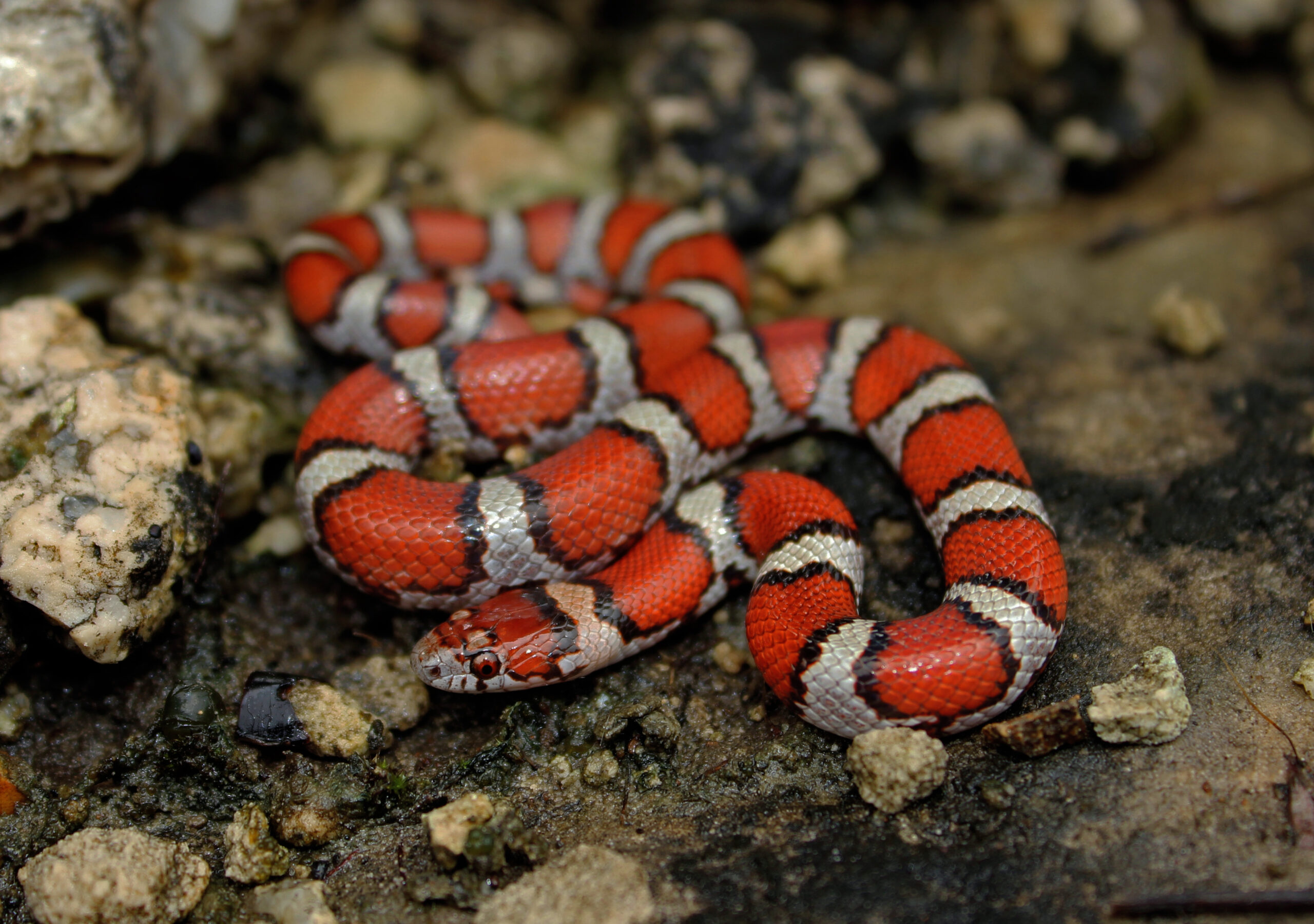





Leave a Reply